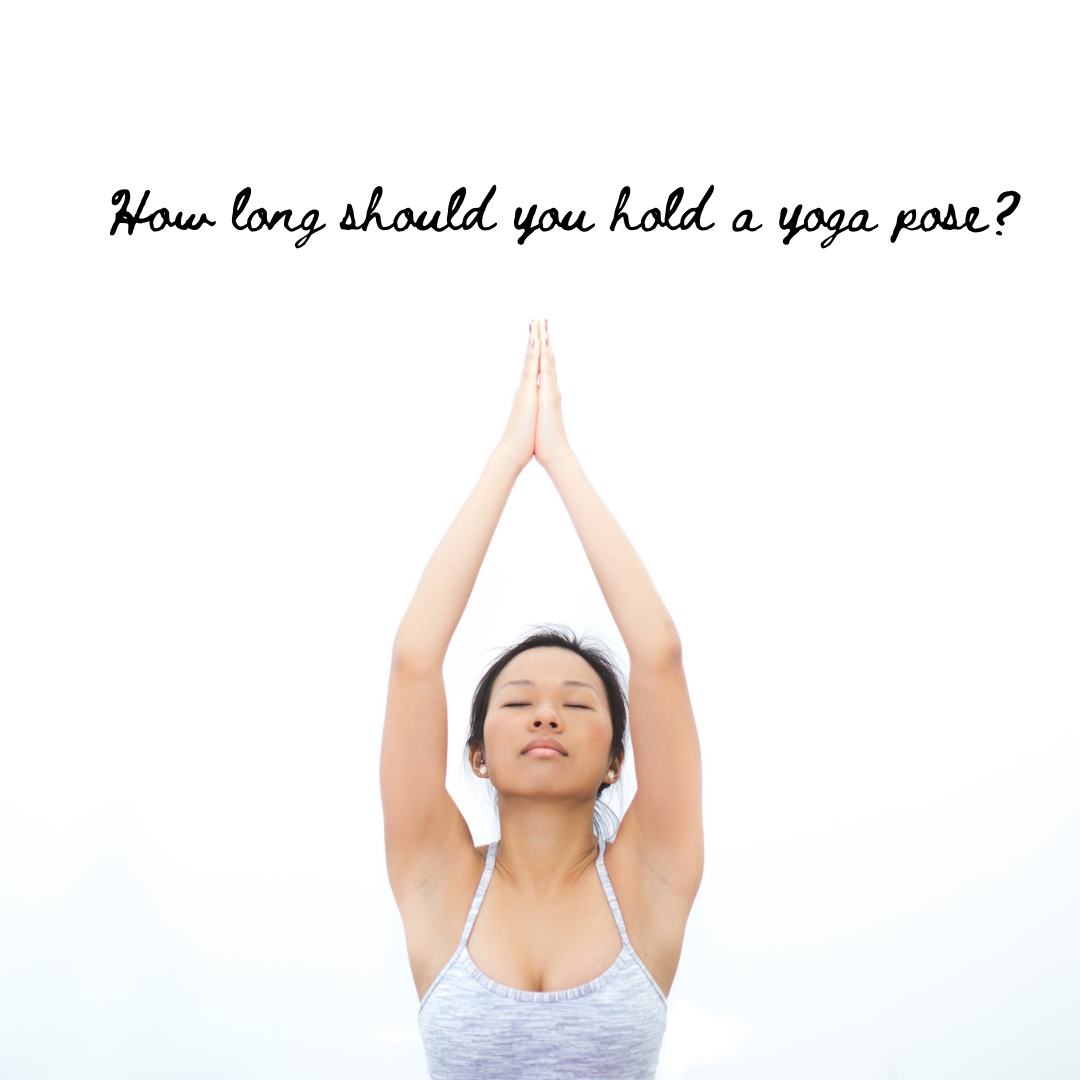|
"How long should you hold a yoga pose?" Someone asked that question last week in yoga teacher training. Meet Amar Bharti Ji (above). He says he’s been holding his right arm up in the air since 1973. His story goes like this: Amar was an average middle-class family man. Then, one morning in 1970, he woke up and decided to dedicate his life to Shiva. He left his job, family and friends to dedicate himself to his spiritual practice. Three years later, feeling he was still too connected to mortal life, Amar decided to make a sacrifice - his right arm. He raised it as a sign of his devotion - and never put it back down. Amar's sacrifice means his arm is no longer functional. He experienced years of excruciating pain. But the pain has now passed - and his arm is atrophied and frozen in this position. Most of us would probably agree that 48 years is waaaay longer than we’d care to spend in any yoga pose. But you probably also have different goals for your practice than Amar does. So, how long should YOU hold a yoga pose? IT DEPENDS. On what YOU want to get out of your practice. Do you want to relax? Build strength? Increase flexibility? Get a quick energy boost? Find enlightenment? The key to getting the most out of your yoga practice lies in matching the goal you’re trying to achieve with the right kind of practice. And the kind of practice you do will determine how long you hold your poses. So, a great place to start answering the question 'how long should you hold a yoga pose?' is by identifying your goals. For example:
But before we dig any deeper into the benefits of different kinds of yoga practice, we’ll need to take a quick detour into some movement science. Here's a short video that walks you through the 3 basic styles of stretching we use in yoga practice and how they affect your body/mind. 1. Dynamic Stretching 2. Active Static Stretching 3. Passive Static Stretching Benefits of Long Hold Times in Static Poses
Restorative Yoga, Yin Yoga and Iyengar Yoga are a few examples of practices that are famous for using long hold times – but they do it in dramatically different ways to achieve completely different outcomes. Iyengar Yoga In Iyengar Yoga there’s a strong focus on alignment and on holding active static poses. This style of practice helps you:
I asked one of my early yoga teachers, Nesta Falladown, a certified Iyengar Yoga teacher, how long you should hold a yoga pose. She had a long list of 'it depends' in addition to the ones we've already covered. She says: “it depends on experience in practice, age of the student, how they feel at the time of practice, what it is they need on that particular day, what their state of mind is, weather, the level of difficulty of the asana, the state of the breath …” She goes on to say that ' A short answer and good guideline is to start with shorter holdings and build up. Start with 15 seconds or less if stamina is not strong. BKS Iyengar suggests holding:
She recommends reading “Light on Yoga” or “Yoga: A Gem for Women” for more specific detail on how to perform each asana from the Iyengar perspective. If you specifically want to increase your flexibility, the current ACSM (American College of Sports Medicine) exercise guidelines are to do static stretching:
Yin Yoga Yin Yoga focuses on long holds of passive static poses and gentle stretching. This style of practice helps you:
Restorative Yoga Restorative Yoga focuses on holding passive static poses for long periods of time. In Restorative, you’re aiming to get into a position that’s completely comfortable and just relax - without stretching or strengthening anything. Restorative yoga:
Benefits of Short Hold Times in Dynamic Poses Vinyasa Flow and Ashtanga-style yoga practices use dynamic stretching, which helps you:
Sometimes you’ll experience several of these styles of movement within a single yoga practice. This often happens under the umbrella of ‘Hatha’ Yoga. And, of course, every yoga practice with a Restorative Savasana. So, how long should you hold a yoga pose? It depends. Whether you’re challenging yourself to lie down and relax for 20 minutes, to hold a plank for 30 seconds, to get to the end of a 70-minute dynamic Vinaysa Flow - or to hold your arm in the air for the rest of your life as a sign of devotion – the point is to meet YOUR goals and transform YOUR limits, whatever they may be … and however long it takes. Resources: These stretching and flexibility guidelines are in Table 5.6 of ACSM's Guidelines for Exercise Testing and Prescription, 11th Edition.
0 Comments
Leave a Reply. |
Authormindbalm, is a sanctuary for ideas that both soothe and stimulate. I delve into the rich traditions of yoga philosophy and the latest insights from movement science to bring you content that nurtures your soul and challenges your mind. Whether you're seeking inner peace or looking to expand your understanding of the body-mind connection, mindbalm offers thoughtful articles, practical tips, and inspiring reflections to help you on your journey. Join us as we explore the interplay of stillness and motion, the harmony of body and mind, and the path to true well-being. Archives
July 2024
Categories |


 RSS Feed
RSS Feed
